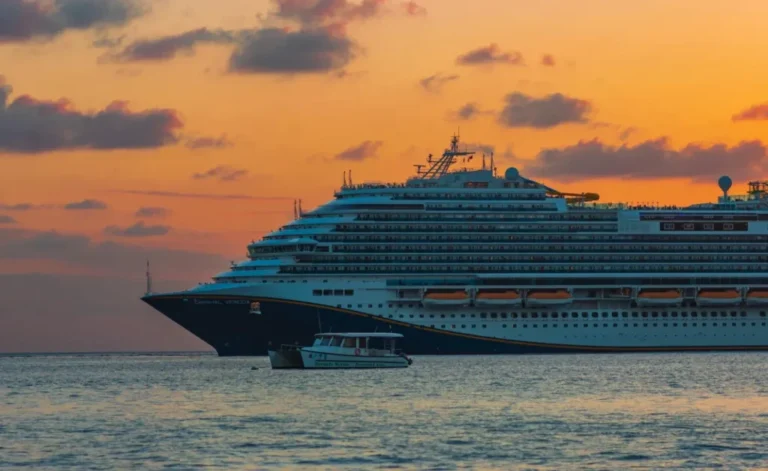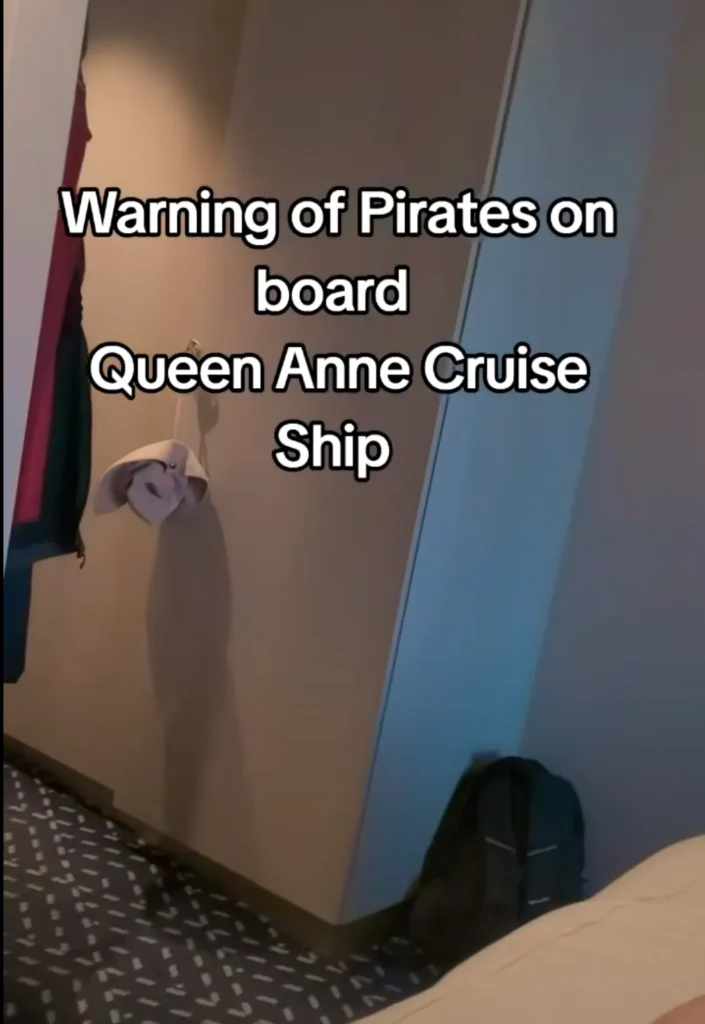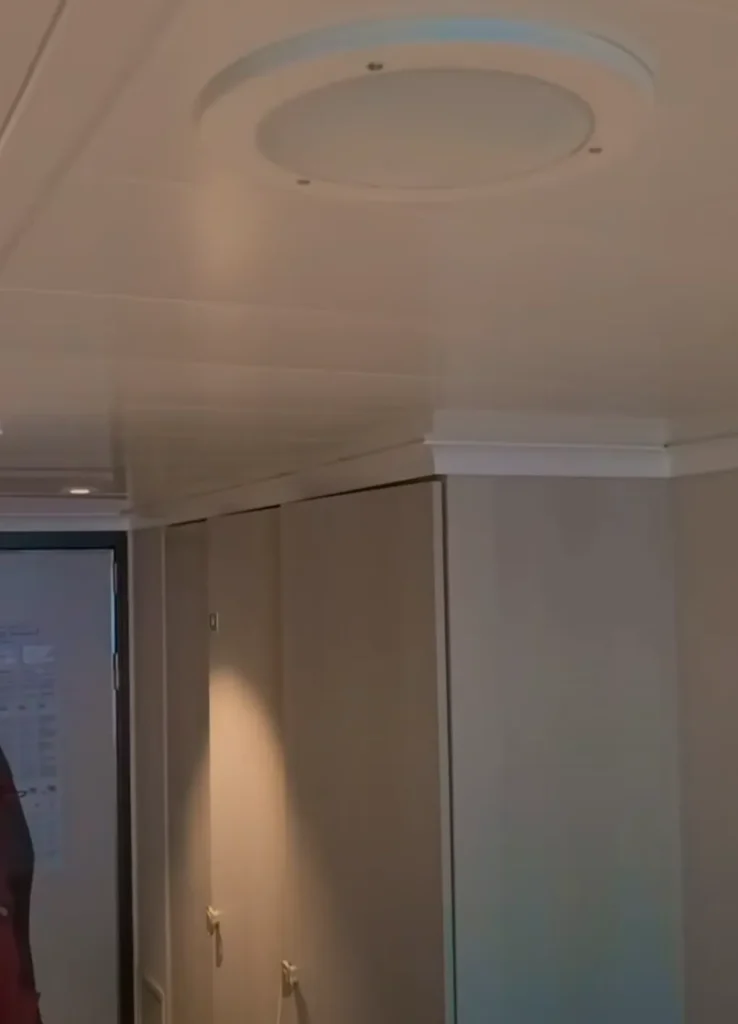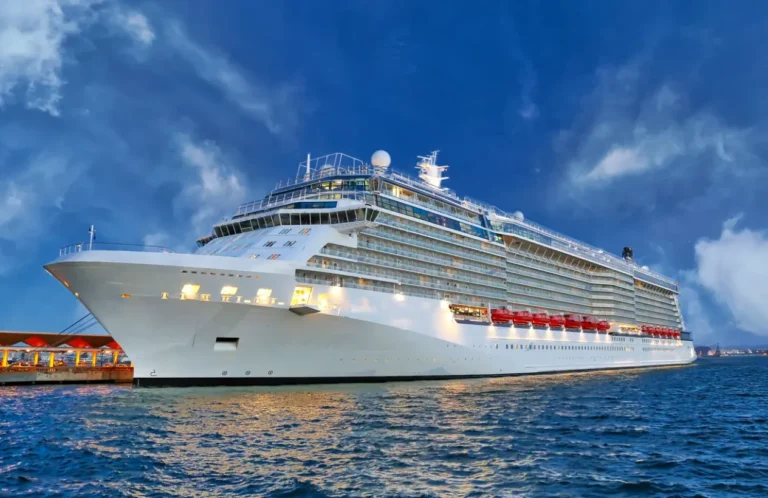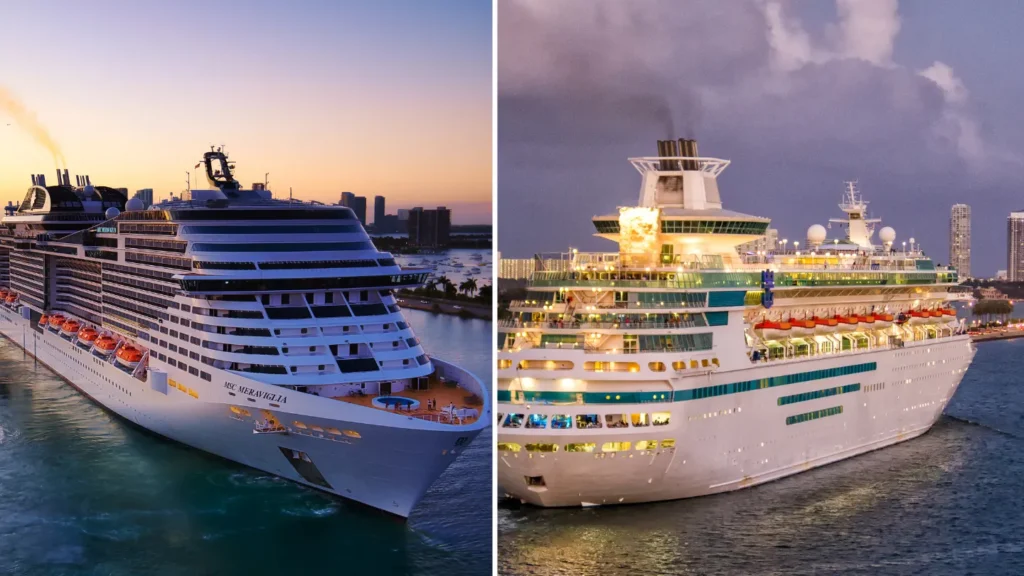
cover 43
Passengers aboard the Queen Anne luxury liner set off on a Cunard voyage promising over 100 days of unforgettable adventures at sea.
The Queen Anne left Hamburg’s port on January 7, 2025, carrying approximately 3,000 guests to a series of remarkable destinations.
The ship’s extraordinary 111-night journey spanned from New York and Mexico to Australia and onward to China, marking a landmark expedition in maritime travel.
Throughout the cruise, guests indulged in Cunard’s signature offerings—world-class dining, entertainment, and spa experiences that define its reputation for luxury.
An unexpected warning abruptly halted all leisure activities as the vessel sailed between Darwin, Australia, and Manila, Philippines.
The captain’s voice echoed through the ship’s public address system, announcing urgent safety instructions that required immediate attention.
At night, all promenade areas were to remain off-limits, and passengers were instructed to draw their curtains and turn off all lights, except within their private cabins.
Exterior lighting on the ship was dimmed to minimal levels, with open decks closed to guests from 9 p.m. to 5 a.m.
The sudden announcement caused confusion among passengers and piqued curiosity, prompting many to share their experiences on social media.
A video of the captain’s announcement quickly went viral on TikTok, amassing nearly 9 million views.
“That sounds terrifying,” one user commented, while another reassured, “Not really, it’s standard safety protocol. The actual risk is minimal.”
Veteran crew members quietly implemented several behind-the-scenes safety measures, including the setup of high-pressure fire hoses along the promenade decks.
Seasoned travelers online explained that such precautions are common in certain maritime regions.
Others chimed in on the forum, recalling similar experiences of having security teams on board when sailing near Somali waters. “You’re safe,” one commenter added reassuringly.
Many passengers grew uneasy about the mysterious threat that forced the Queen Anne to adopt a heightened security posture.
The ship’s location in the Sulu-Celebes Sea provided a likely explanation, as this maritime region has long been notorious for pirate activity.
The Sulu-Celebes Sea, a well-known piracy hotspot, raises significant security concerns due to the presence of groups like Abu Sayyaf and its strategic position bordering the Philippines, Malaysia, and Indonesia.
Although there have been no recent reports of attacks on cruise ships, past incidents involving oil and cargo vessels continue to fuel security measures in the area.
The International Maritime Bureau has classified the region as high-risk for kidnapping-for-ransom operations, although such cases have declined since 2020.
Insurance organizations advise vessels to implement precautionary measures while operating at sea.
Cunard later clarified that the actions taken were routine, stating, “There was no specific threat to the ship or its guests.”
A spokesperson told Business Insider, “As part of standard maritime procedures, our Captains may issue precautionary announcements when sailing through certain regions.”
Passengers were caught off guard when they discovered the real reason behind Captain Lind’s decision to enforce strict security protocols.
The ship had been traveling through waters known for confirmed pirate activity and designated as high-risk zones.
Although no immediate threat materialized, the Queen Anne’s crew took proactive steps to shield passengers from a risk that felt improbable on such a luxury cruise.
The voyage concluded without incident, yet it left guests reflecting on the hidden dangers that still linger in certain parts of the world’s oceans.
